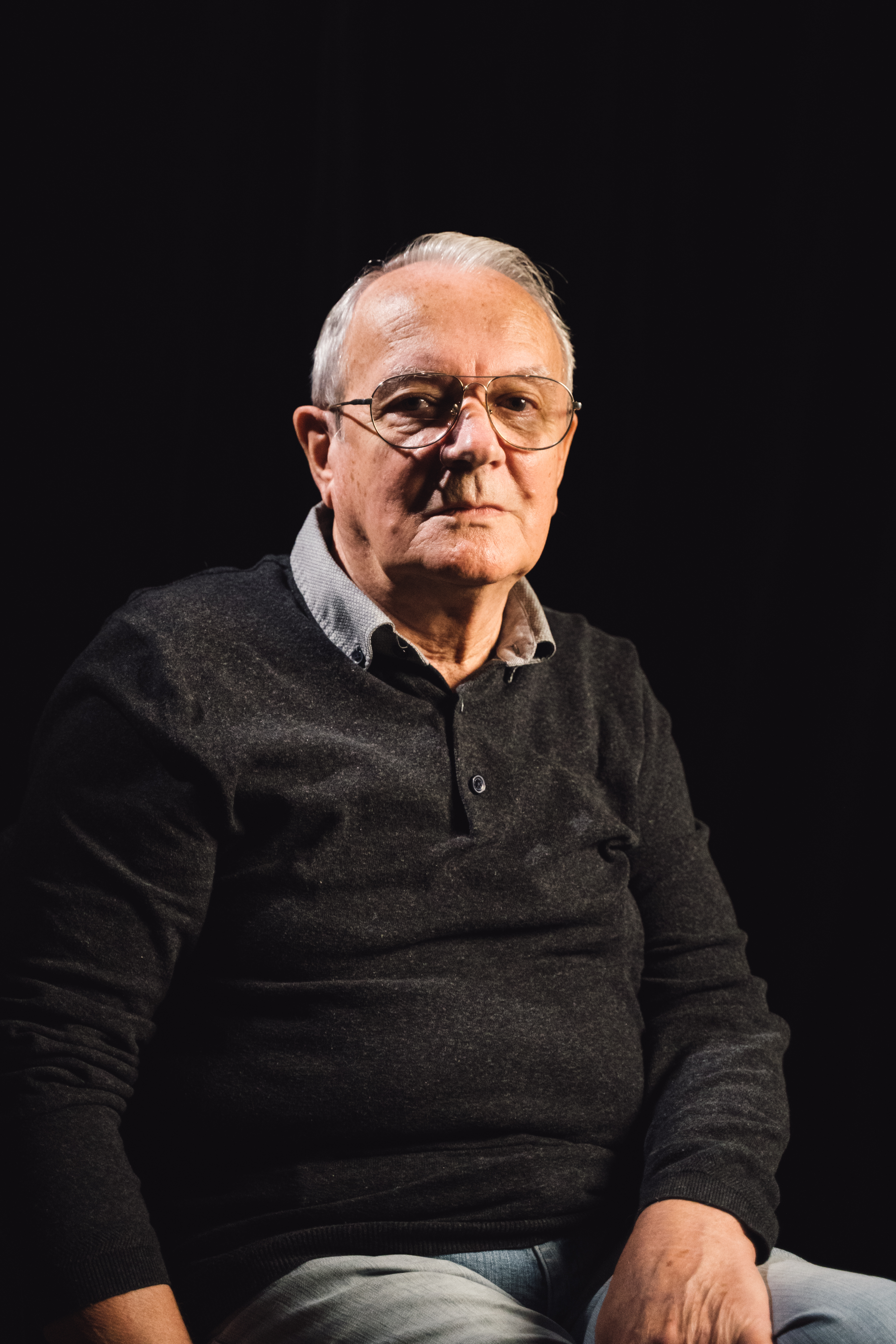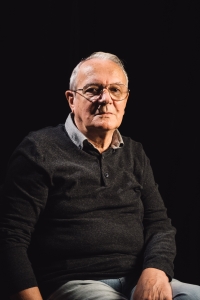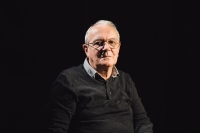I tried to get along with everyone

Download image
Štefan Zajos was born on May 9, 1941 in the village of Kisújfalu, which at that time belonged to the Hungary Kingdom, today’s Nová Vieska located in the Nové Zámky district. The parents were farmers who farmed on their own 14-15 hectares of land. Father Štefan Zajos was born in 1912 and his mother Ester Guyášová was born in 1914. After 1945, Štefan and his family got on a list of people who were to move to Hungary. At that time, three trains were sent: two from Gbelce and one from Strekov. The witnesses family packed everything they could in three days. They were notified a month in advance. In each village, there was a commission that proposed a list of people to move out. In the early 1950s, the process of collectivization began. In 1952, when the witness attended the 5th grade of elementary school, his father was arrested. He was taken to Štúrovo and convicted on the basis of false allegations. These took place with Štefan for many years. Eventually, their property was confiscated because they did not manage to hand over the assigned contingents. In the later period, Štefan studied optics, to which he devoted his entire professional life. In the early 1990s, he finally established his own network of opticians as a private entrepreneur.

